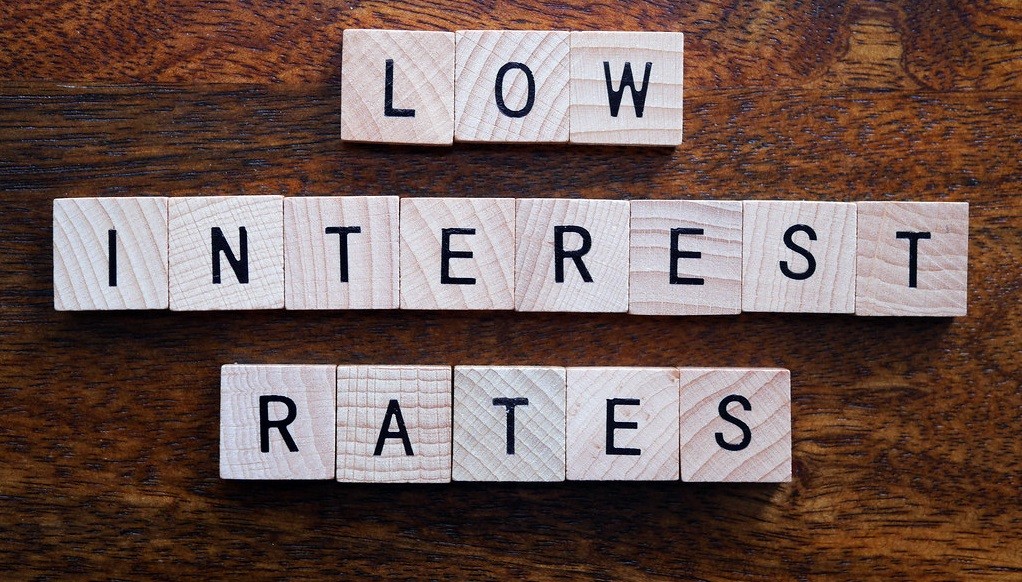KGI Blog | Here Is What Low Interest Rates Mean for You
Published by Christina Chua, 25 July 2020

Recently, many financial institutions have revised their interest rate downwards following the cutting of interest rates by major central banks, including the U.S. Federal Reserve, in reaction to the coronavirus pandemic.
Consumer banks reduced their deposit interest rates, while insurers have lowered their projected rate of return for some of the participating insurance policies (policies with cash value, i.e. savings plan).
Although this doesn’t sound like a piece of positive news, especially for savers, it certainly is good news for borrowers since the cost of borrowing would be lower, which translates into cheaper loan repayments.
Putting all this aside, do you know why central banks cut interest rates when the economy starts to struggle and raise them when the economy is thriving?
In this article, let’s take a closer look at the reasons of the change in interest rates and the related impact on the economy from borrowing and lending to consumer spending and to investments when the interest rates are adjusted higher or lower.
The assumption is that when the economy is down, a reduction of interest rates will decrease borrowing costs, which encourages businesses to take up loans to employ more people and increase production, which will, in turn, spur the economy. The rationale works in opposite when the economy is strong, where central banks will increase interest rates to keep surpluses in check. Rate increases are used to decelerate inflation and restore growth to more balanced levels. Rates cannot become too high, as more expensive financing could send the economy into a cycle of slow growth or even contraction.
Borrowing
Other than affordable business loans, a rate cut can also prove beneficial with home financing. The impact depends on whether the mortgage loan is fixed or variable, and the rate to which it is linked (e.g., SIBOR or Fixed Deposit). As rates rise, businesses and individuals are also less likely to borrow or refinance existing debts, since it is more costly to do so.
Savings
When interest rates are lower, consumers generally earn less interest on their savings as banks will typically lower rates of the deposits held in savings accounts. The rate cut typically takes a few weeks to be reflected in bank rates. The opposite also holds when central banks increase interest rates. Theoretically, it should boost savings among consumers and businesses as they can generate a higher return on their savings.
Consumer Spending
When interest rates decline, consumers can buy on credit at a lower cost, which can be anything from credit card purchases to cars with loans, or even housing! On the other hand, a rise in borrowing costs decreases consumer spending. Both higher savings rates due to better bank rates and higher credit card rates act as a deterrence to consumer impulse purchasing. Likewise, higher interest rates and higher inflation typically lower demand in the housing sector. The reason is that homeowners can anticipate paying higher monthly payments and total interest paid over the life of the mortgage, which makes the purchase of the same property more expensive as compared to a low-interest-rate environment.
Investments
If you are an investor, interest rate changes can also have an impact on your investment portfolio. Lower rates typically lift stock prices (perhaps except for financial sector stocks, which tend to perform better when interest rates rise) but on the other hand cause a decline on bond prices. Lower rates also allow investors with margin facilities take more advantage of leverage at lower rates, expanding their effective purchasing power. Conversely, higher rates can drag stock prices lower but boost the value of bonds. In general, longer-term bonds are more sensitive to interest rate changes as compared to near-term bonds. Nonetheless, there is no guarantee of how the market will respond to any given interest rate change by the central banks.
Summary
The central banks use interest rate changes as a monetary policy tool, and the impact of a change to the rate depends on whether you are a borrower or a saver. If you are a borrower, perhaps it is time to look at refinancing your mortgage to take advantage of the current lower borrowing rates offered by most banks. If you are a saver, perhaps it is time to move your money out of deposits and start looking into investing into mutual funds or stocks to earn dividend or capture potential capital appreciation when the fund or share prices move up.
Unsure of where to start? Speak to a Financial Adviser to get all-rounded advice on how to manage your finances. If you do not have an existing adviser, you can e-mail me at [email protected]. I will be happy to share my thoughts, or I can also recommend a suitable Wealth Adviser to you.

